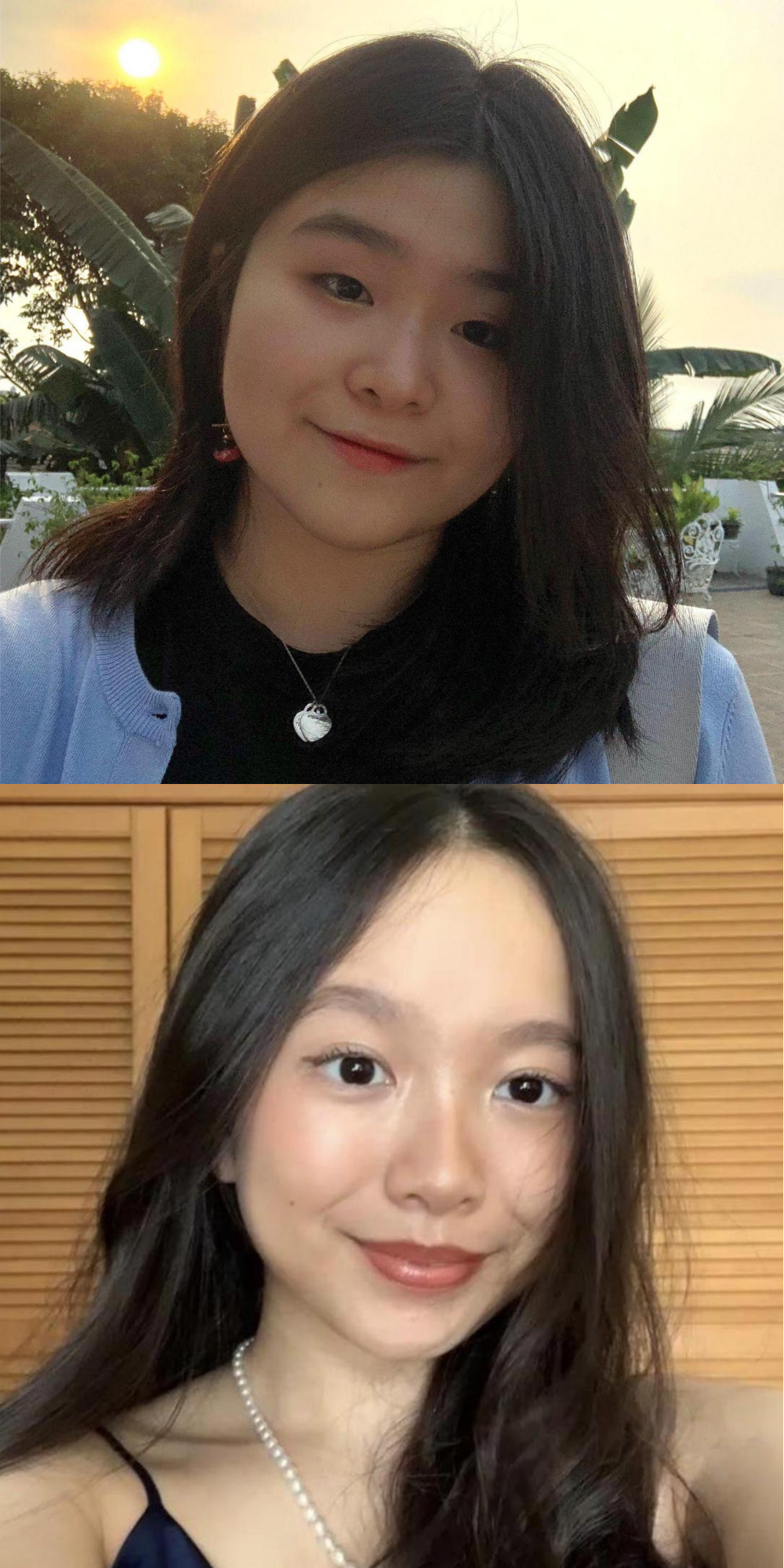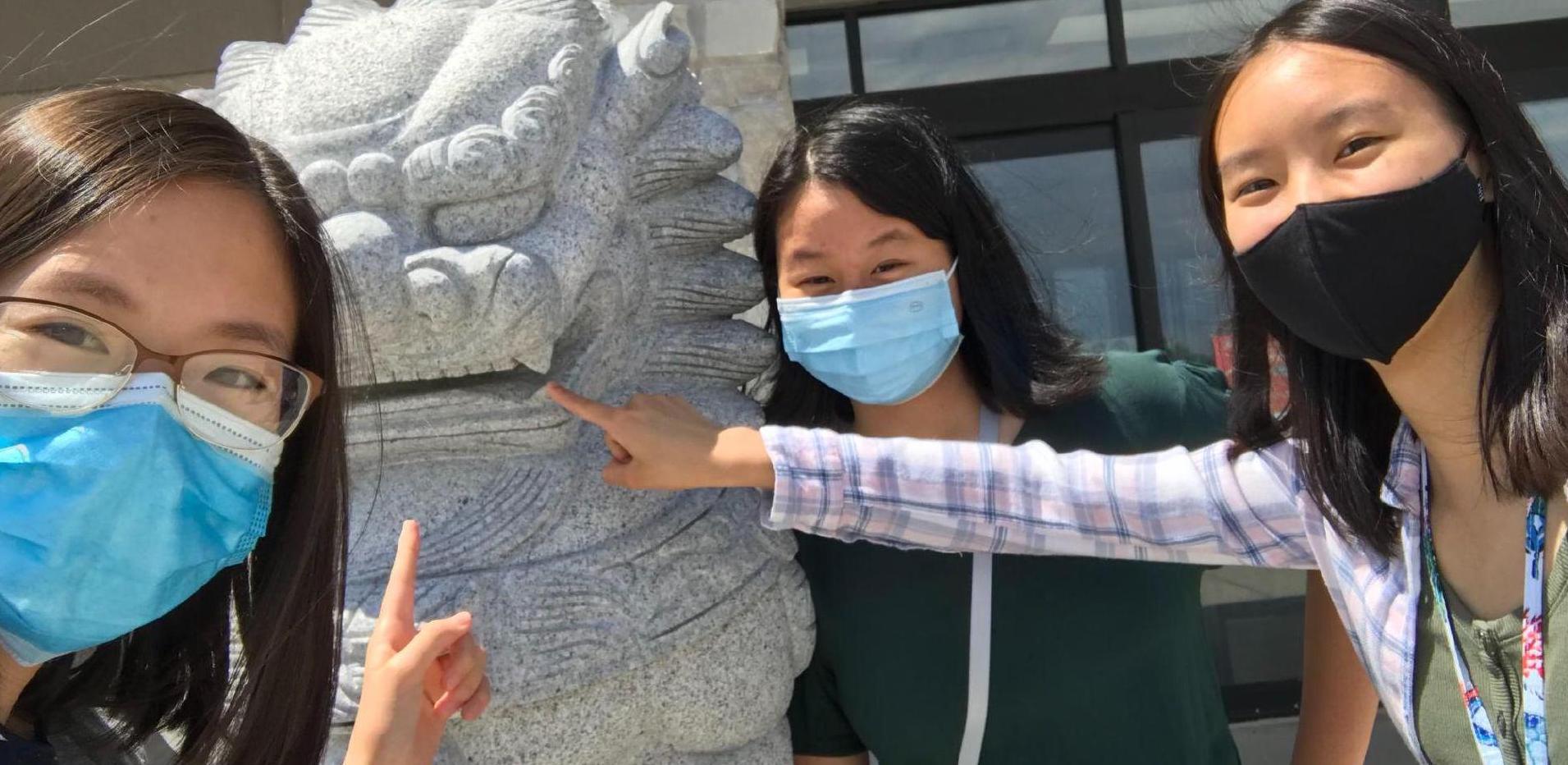Winners
fall 2020
First Place
Medhya Goel and Ashley Stegelmeier: "Fecal Coliform and Microbial Life as Bioindicators of Cyanobacterial Harmful Algal Blooms"
Abstract: Although the phrase “algal bloom” generally evokes benign pond scum, Harmful Algal Blooms pose significant dangers to humans and wildlife. Every year, spikes in toxic algal growth cause hundreds of millions of dollars in losses and poison ecosystems and economies across the globe. Cyanobacterial Harmful Algal Blooms (cyanoHABs) cause anoxic conditions that suffocate aquatic life and secrete hazardous amounts of cyanotoxins that bioaccumulate in species of seafood like shellfish. Despite afflicting every coastal region in the United States and most waterbodies on Earth, accurate bloom prediction is difficult without expensive equipment such as satellites and buoys. Existing mathematical models are often inaccurate as models fail to account for biotic factors like microbe-cyanobacterial relationships, which have rarely been studied. Evaluating fecal coliform as a novel bioindicator for cyanoHABs and exploring whether bacterial populations can improve freshwater cyanoHAB forecasting models will contribute to overcoming accessibility, accuracy, and affordability issues posed by current forecasting models.
Second Place
Hitomi Satyanegara and Nadine Elizabeth Hilman: "Addressing Plastic Pollution of Rivers in Indonesia Through Engineering Biological Agents Capable of Degrading Plastic"

Abstract: Plastic pollution in bodies of water is an acute issue in Indonesia, because it threatens wildlife and human health. Present solutions fail to address the longevity of plastic pollution and are temporary fixes at best. In light of this situation, this proposal propounds the development of powderized biological agents to clean Indonesia’s rivers. More specifically, it explores using semi-rational design to engineer a stronger binding affinity in the recently discovered PETase in Ideonella sakaiensis, an enzyme capable of hydrolyzing PET, as well as the application of laboratory adaptive evolution in Exiguobacterium, to enhance metabolic preference for polystyrene as a carbon source. These evolved strains will undergo a spray-drying process to produce a powder-based product that can be released into waterways using a chemical dosing pump. Collectively, this technology would enable the digestion of polystyrene and PET in bodies of water, thereby reducing plastic pollution through non-palliative means.
Third Place
Alice X. Li, Alayna M. Nguyen, and Rachel Z. Shi: "Integration of Blood Glucose Monitoring and Transdermal Insulin Delivery Through Hollow Microneedle Technology"
Abstract: Unable to create insulin, diabetics rely on insulin delivery to allow glucose to enter cells. Current expensive and inconvenient delivery methods incur large social and economic expenses. Over 1.4 million diabetics are diagnosed in the US annually, partly due to insufficient prediabetes testing. This lack of efficacy of insulin delivery management in Type 1 and select Type 2 diabetic patients calls for improvements in insulin release methods and blood glucose level testing. Current technologies for abnormal blood sugar detection and control are inconvenient and pain-inducing, involving needles and catheters. We propose Microneedle Glucose Control, a painless, practical microneedle technology that improves insulin delivery and blood glucose monitoring through one device, useful for the prevention of prediabetes as well as early diagnosis and treatment of diabetes. We aim to improve diabetic patients’ quality of life by developing a hollow microneedle patch, replacing painful and inconvenient treatment.
